What is the MSC blue fish label?
The MSC blue fish label (pictured below) is a certification ecolabel that can be found on seafood products and alongside seafood items on menus.
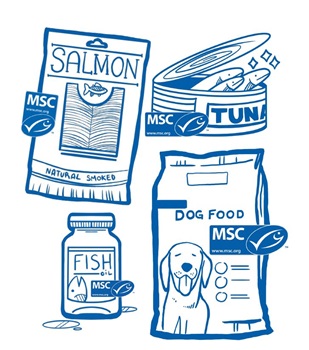
What does the MSC label mean?
The MSC blue fish label means the product carrying it is made with wild-caught and certified sustainable seafood that meets the MSC Fisheries Standard, a set of requirements for sustainability that a fishery must prove they meet.
These requirements stipulate that the seafood:
-Comes from healthy and sustainable fish stocks.
-Was fished in a way that minimizes environmental impact.
-Is sourced from a fishery that has effective management in place, complies with relevant local and international regulations, and can adapt to changing conditions.
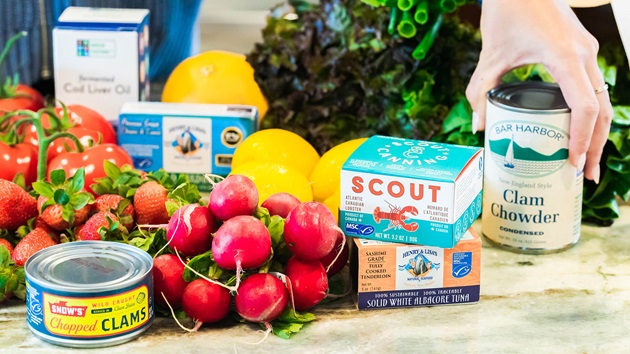
What is the purpose of the MSC label?
The MSC and our blue fish label aims to:
- Combat overfishing, a significant threat to ocean health,
- Reduce seafood fraud – the misrepresentation or mislabeling of a seafood product as something it’s not,
- And prevent illegal, unregulated, and unreported (IUU) fishing
It's also designed to make it easy for seafood eaters to choose sustainably sourced seafood by making certified sustainable products easy to spot in the grocery store or on a menu. When you see the MSC blue fish label, you can be sure that seafood was sourced from sustainably managed fisheries that works hard to maintain healthy fish populations.
By looking for and supporting MSC certified products, individuals contribute to the preservation of healthy fish populations and promote sustainable fishing practices globally.
Is the MSC blue fish label credible?
The MSC label reflects the most up-to-date understanding of internationally accepted fisheries science and management. It is reviewed and developed in consultation with scientists, the fishing industry, and conservation groups.
Furthermore, the MSC label is a certification – not a rating or a self-claim.
The MSC runs the only wild-capture fisheries certification and ecolabeling program that meets best practice requirements set by both the United Nations’ Food and Agriculture Organization (UN FAO) and ISEAL, the global membership association for sustainability standards.
The MSC was recently re-recognized by the Global Sustainable Seafood Initiative (GSSI).
Find out how it compares to other programs.
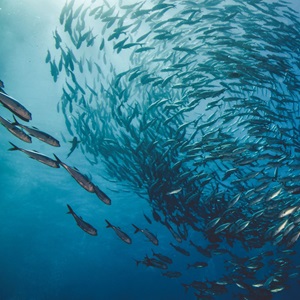
Read more
Check out our blog for more stories about the ocean and the folks who bring certified sustainable seafood to our dinner tables.
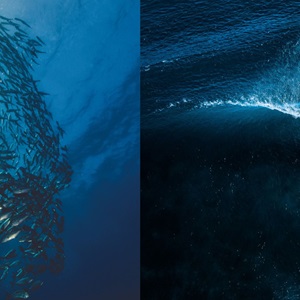
Start cooking
Get inspired to eat sustainable seafood with recipes and cooking tips, foodie guides, and more!
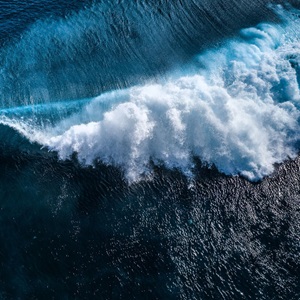
Find sustainable seafood
Head to our Where to Buy page to find sustainable seafood near you
